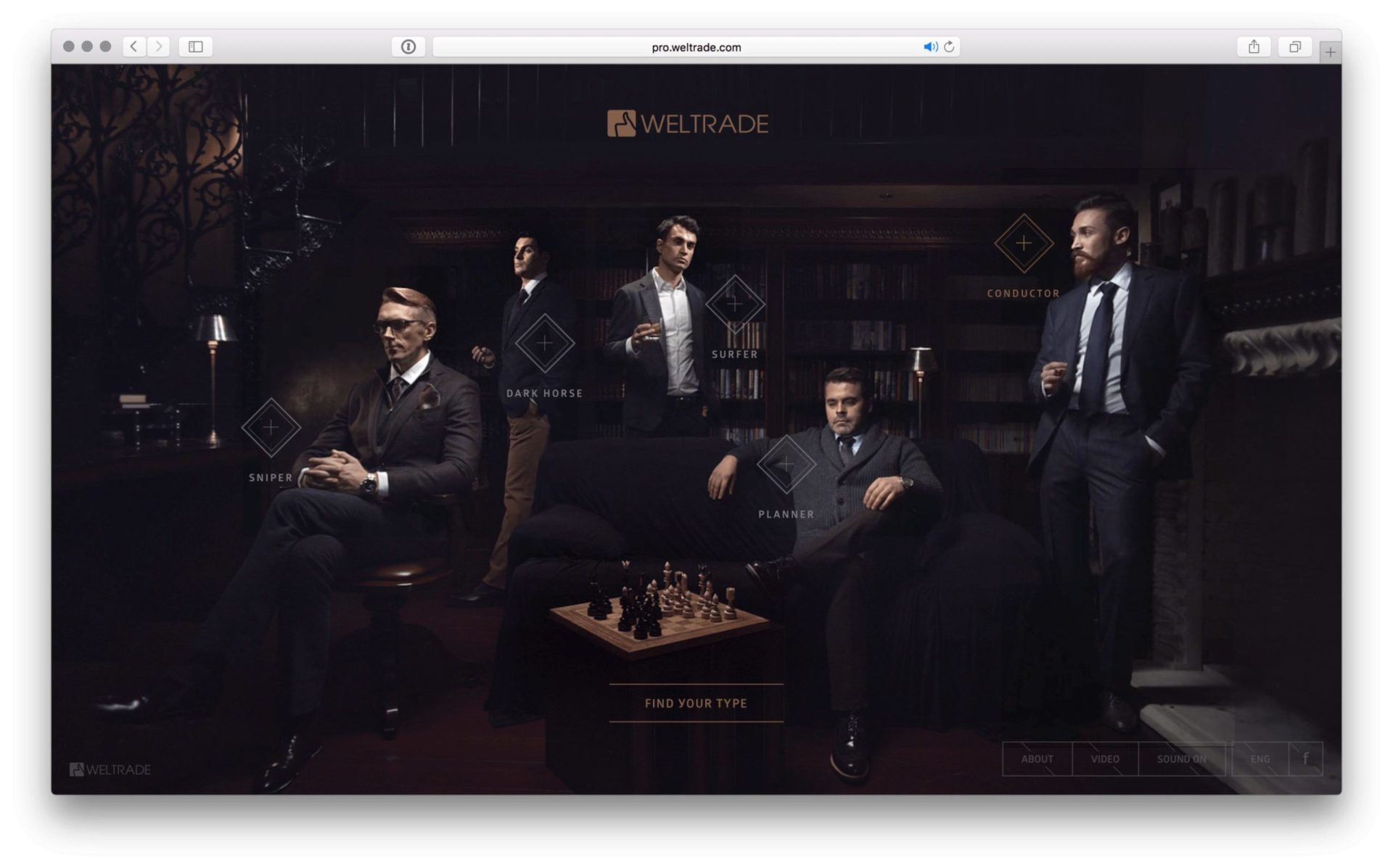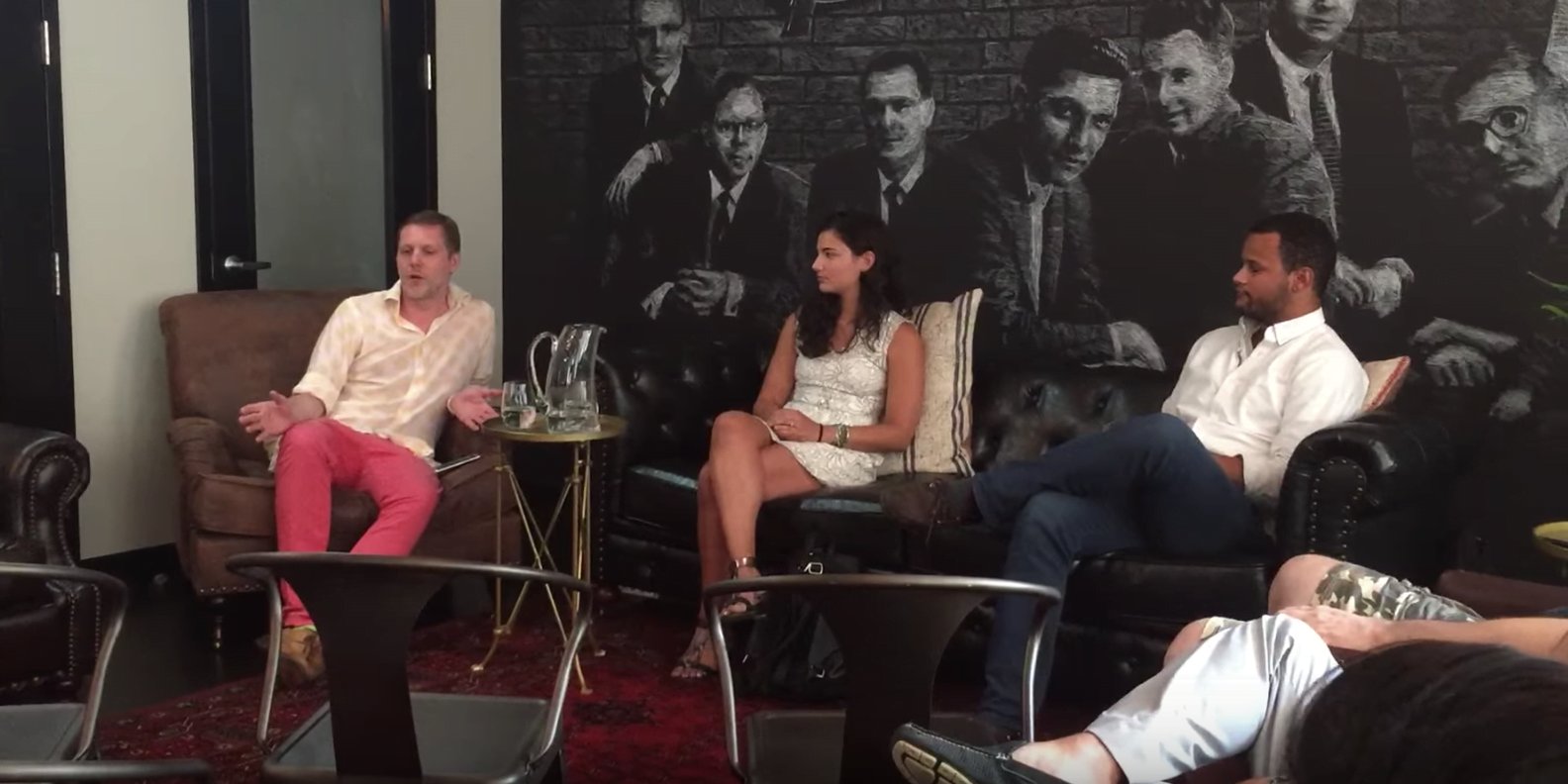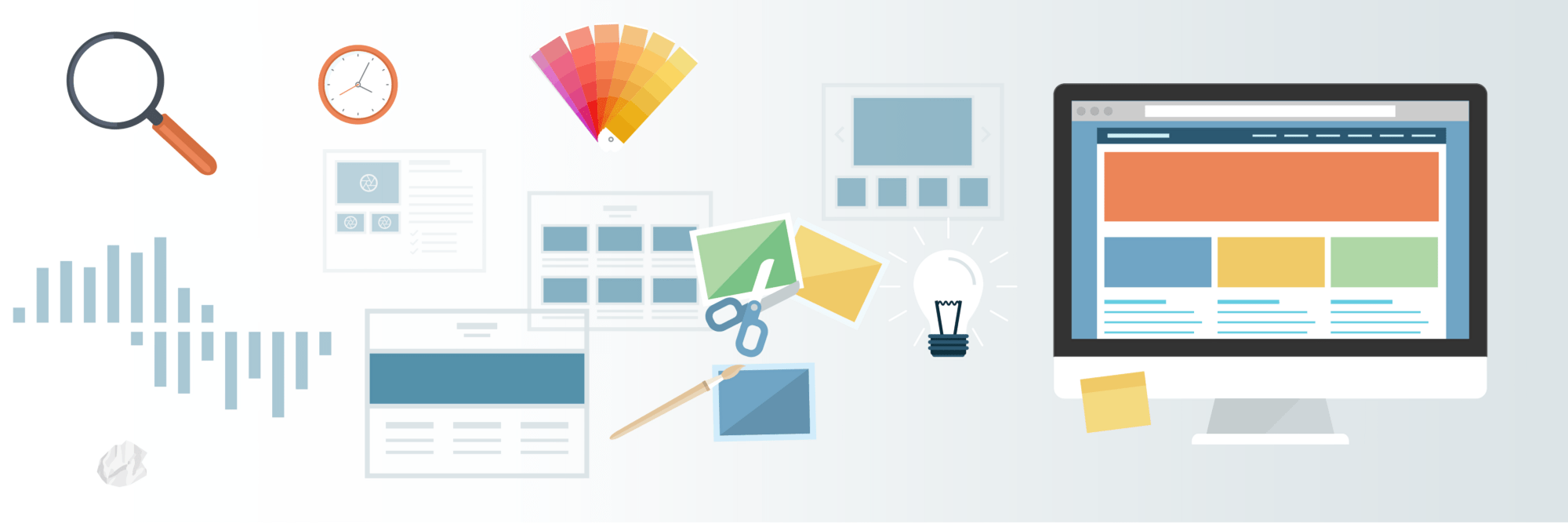User interviews are an essential part of the product development process for many tech startups. These interviews allow startups to get feedback from users about their products and make any necessary changes to improve them. Research methods can take the form of focus groups, usability testing, surveys, or one-on-one interviews. Conducting user interviews that produce useful information is a practiced skill, so there are a few things you should keep in mind when planning for an interview. These include what user interview questions to ask and what not to ask. Learn how to be a compelling discussion guide and establish a workflow. This article will serve as a user interview guide, including tips and best practices for making the most out of this vital part of the product development process. We’ll review the dos and don’ts of conducting user interviews so that you can make the most out of them when the time comes.
The purpose of user interviews
Before you begin conducting user research interviews, it’s important to understand their purpose. User interviews are not meant to be a “fishing expedition,” where you ask users questions in the hopes that they will provide helpful feedback. Instead, user interviews should be structured and focused on achieving specific goals or outcomes.
Some key purposes of user interviews include:
Evaluate your performance and stay connected to the needs of users
By conducting user interviews, startups can gain valuable insight into their products and how users use them. User interviews can reveal areas where your product is not meeting users’ needs or identify pain points that need to be addressed. This note-taking can help you develop strategies for improving and enhancing your products.
For example, suppose a startup is developing an app for managing company finances. User interviews may reveal that users are frequently frustrated by the amount of time it takes to enter data into the app. Developers could then use this feedback to guide product development efforts.
Use carefully crafted interview questions to extract valuable insights
We all know that data is king when it comes to decision-making in business. User interviews are a great way to gather data explaining who your users are. From demographics and preferences to behavioral patterns and pain points, user interviews can help you better understand your users as people.
But not all insight is quantitative. User interviews are also a great way to gather qualitative data about your users. If conducting UX research, ask which UX design elements are most intuitive and which ones users find confusing. What do your users like best about your product, and what features are missing? These takeaways can lead to improvements for your products and more sales.
Interview existing users to see how they are using the software
You can also use user interviews to gain valuable insight into how your existing users interact with your product. This can help you improve and enhance the current version of your product and plan for future releases.
Let’s say you have an app that both business owners and their employees use. You could use interview data to identify specific needs among different user groups. You could then use this information to develop new features that cater to each group. It would improve the overall experience for both sets of users and help you stand out from your competitors.
The Do’s and Don’ts
To maximize the effectiveness of your user interviews and ensure data gathered is both usable and actionable, it’s essential to keep in mind the following:
Do’s
Ask goal-oriented questions:
As with anything in business, it is of the utmost importance to have a clear and defined goal when conducting user interviews. The best way to do this is to develop your goals early on while brainstorming. Talk to stakeholders about what information you’re trying to gather, and then formulate your questions around those actionable goals.
If your interviews aim to improve your onboarding process for newcomers, one of your user interview questions might be: “How long did it take you to figure out how to use our product?” Alternatively, if the goal is to identify pain points, you might ask: “What areas of your experience with our product are most frustrating or difficult for you?”
Focusing on specific questions and research goals ensures your user testing is as valuable as possible. This will help you gain actionable insights that you can use to improve your products.
Ask behavior-focused questions:
In addition to asking goal-oriented questions, it’s also important to ask behavior-focused questions. Rather than focusing on the “why” behind a user’s actions, also be curious about the “what.” Look to understand how users are actually behaving on a typical day. Doing so will allow you to understand how specific user behavior impacts the overall user experience.
Ideally, the interviewee will have had enough time with your product to have formed certain behaviors or habits. Try to use your questions to understand their actions and identify common patterns or trends. If many users have experienced a specific problem, you can use this information to develop new features that cater to those issues.
An excellent example of this is if you are developing an online shopping app. Rather than asking users what they want to see in the future, you can ask them about their previous checkout experience. They’ll have much more to say about something they remember than they can imagine.
Come prepared with follow-up questions:
Preparation is key when conducting user interviews. To get the most out of each session, you should always come with an interview script of follow-up questions. These are explicitly tailored to the answers you received in your previous interactions. Depending on what you learned from your previous interview, you can even have multiple sets of follow-up questions.
A good follow-up question can often shed more light on a user’s experience and help you gain a deeper grasp of their motivations. For example, if you ask users to describe their checkout process from start to finish, they may only focus on one specific part or issue. By asking follow-up questions about how they felt during each stage of the process, you can better understand the overall experience.
Be open-minded:
Perhaps the hardest part of the process is staying open-minded. We understand it’s your business, and you have certain ideas about what your product should look like. You might even have preconceived notions about how users respond to certain functionalities. However, it’s important to set your ideas aside and be open-minded when conducting user interviews.
No matter how much time you spend preparing for your interviews or how confident you feel about the information that you have collected, it’s always possible that you may learn something new from each user you talk to. If you’re constantly searching for new information and adapting your ideas as you go, you’ll be able to improve your product more effectively than if you follow a set plan.
Mind you, goal-oriented questions are still crucial in the UX interview process. As such, semi-structured interviews are preferable. But by allowing yourself to be open and flexible, you can get deeper insights from your user interviews.
Allow users to elaborate:
Finally, it’s important to remember that, as the interviewer, you are not the only one with valuable information. Your users may have insights about your product that they want to share, but you need to give them time and space to talk. You should actively listen to each user’s words and avoid interrupting or cutting them off. If you have anything to say, it would be best to wait until the end of the interview.
Asking open-ended questions that encourage users to elaborate on their thoughts and feelings can be useful. An open-ended question is simply one that does not require a specific answer. Instead, the user is free to respond with whatever information they deem most relevant or important.
For example, you might ask: “Tell me about the last time you used the chat feature in our app.” That way, you’ll not only know whether or not they were satisfied with the chat feature but also learn more about how they use it and what they expect from it.
Don’ts
Go hypothetical:
As mentioned above, one of the key mistakes many product managers make is asking hypothetical questions. Remember that they shouldn’t be doing your job for you. So don’t ask them generic template questions like, “What would you want from a chat feature?” or “If you could change one thing about our app, what would it be?”.
Instead, focus on past experiences, concrete needs, and real-world behaviors. Humans tend to idealize hypothetical situations, so it’s often more helpful to ask them about real experiences instead.
Otherwise, you risk enabling your interviewee to share unrealistic expectations and goals. Those may not provide useful information for your product development process. Respondents may also get anxious or overthink the questions, which could result in an inaccurate response.
Ask leading questions:
Next, you should never try to manipulate or influence a user’s response by asking leading questions. That happens when you subtly include your own opinions in the question, which can sway the answer.
For instance, let’s say you’re asking a user about their experience with your polling feature. You might ask: “We’ve received some feedback that the polls on our app weren’t clear and easy to use. How do you feel about this?” This question is biased, as it assumes that they had problems with the poll feature and suggests possible root causes for those issues.
A user might subconsciously feel pressured to agree with your assessment, even if they don’t share it. In the end, this can compromise the quality of your interview and lead you to make decisions that aren’t in line with your users’ needs.
Make presumptions:
When meeting with users, it’s important to be objective and take their feedback at face value. Don’t make assumptions about who they are, what they want, or how they will behave. Be ready to listen and learn from them instead.
This is especially true if you’re meeting with a particularly diverse set of user personas. You may assume that all young adults are tech-savvy, so you don’t need to spend time discussing usability or user experience. But you might be surprised by the wealth of feedback you receive from even a small group of them. It’s important to remain curious and open-minded throughout the process.
Screener questions might also make you presume things about the user. For example, a user might have to meet certain criteria to be eligible for a study on app performance. Something like being over age 18 or living within a specific city. However, this could mean that you inadvertently exclude some users who may still have valuable feedback to share.
Conclusion
Overall, conducting user interviews can be a beneficial tool for gathering valuable insights about your product. By thoughtfully asking the right questions, you can gain insight that will help improve your product and increase user satisfaction. Just remember to listen without bias, be open to feedback, and avoid common mistakes.
If you need any help or guidance with conducting a research project, contact SWARM today. We’d be happy to help you create a user-friendly product that your customers will love.




